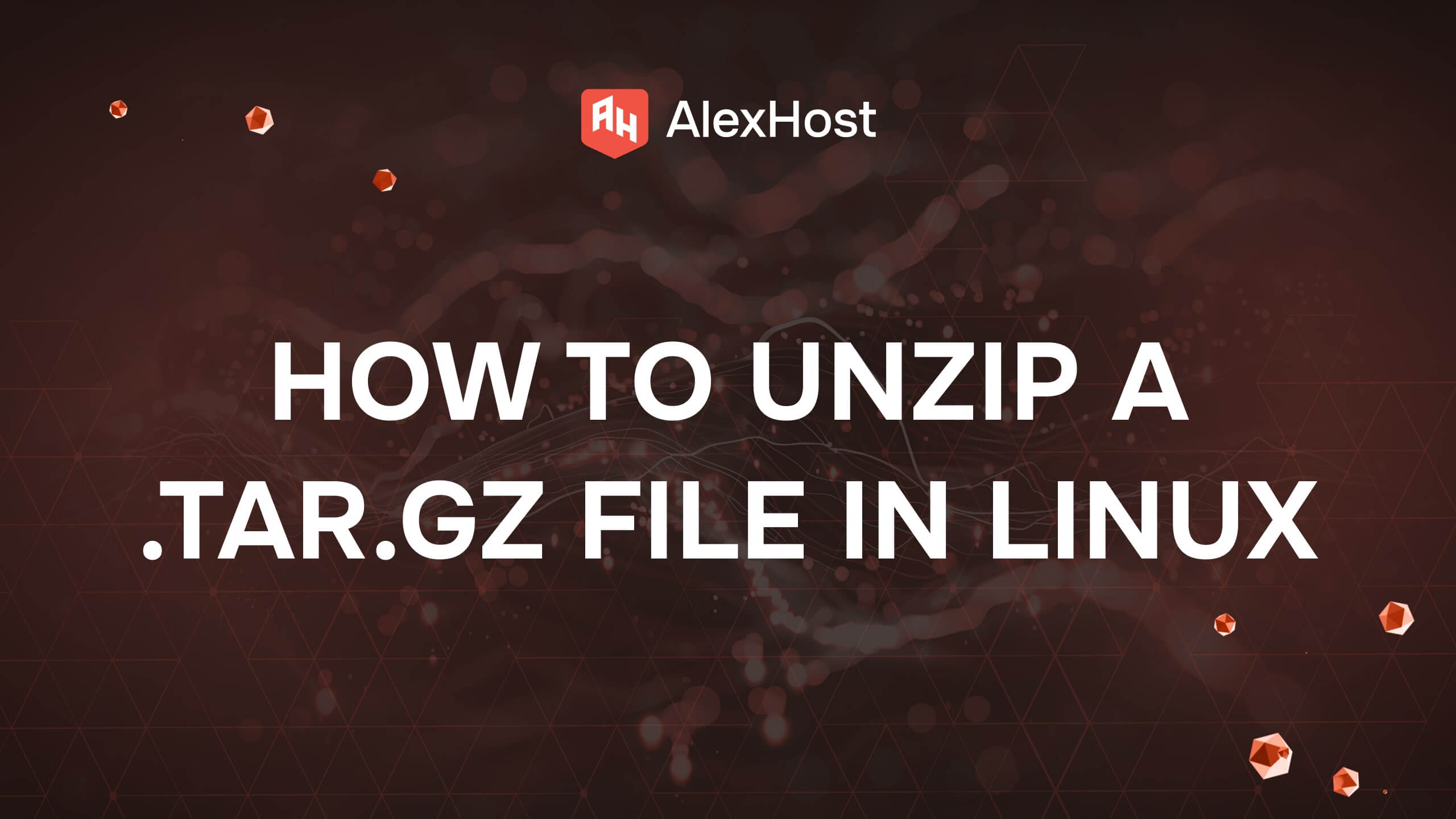If you administer Linux/Unix systems from Windows, you need three things: a secure terminal, reliable file transfer, and sane key management. PuTTY delivers all three in a GUI bundle; OpenSSH provides the same core capabilities natively on Linux . This piece explains when to pick PuTTY, what’s actually in the suite, and how to map […]
When you provision a fresh Linux server — be it a VPS, a bare-metal dedicated server, or a cloud-hosted virtual machine — you will notice that the system boots into a deliberately minimalist and hardened environment. This is not an oversight but an intentional design choice. Modern Linux distributions strip away unnecessary services and functionality […]
The Birth of Linux In the early 1990s, computers were expensive, operating systems were closed, and freedom for developers was limited. On August 25, 1991, a 21-year-old Finnish student, Linus Torvalds, posted a now-legendary message on the Usenet group comp.os.minix: “I’m doing a (free) operating system, just a hobby, won’t be big and professional like […]
Chromebooks were originally designed as lightweight devices built around ChromeOS, with most tasks running in the browser. Over time, however, they have gained much more flexibility. One of the biggest changes has been the addition of Linux support — also known as Crostini or Linux (Beta). With this feature, you can run Linux applications, development […]
When managing a Linux system — whether it’s your personal computer, a VPS, or a dedicated server from AlexHost — knowing your exact Linux version is essential. It helps with installing compatible software, troubleshooting issues, and ensuring you follow the correct guides for your distribution. In this article, we’ll cover multiple ways to check your […]
Linux Mint is one of the most popular and user-friendly Linux distributions. It’s fast, stable, and free to use. If you’re coming from Windows, you’ll find its interface familiar and easy to navigate. In this guide, we will walk you through how to install Linux Mint from a USB drive, step by step, even if […]
When you open a document or a website, the first thing you notice isn’t the text itself — it’s how it looks. The font style can make a design feel modern and professional… or outdated and hard to read. On Windows and macOS, installing fonts is straightforward, but in Linux many people ask: “How do […]
In recent years, Chromebooks have gained immense popularity due to their simplicity, speed, and affordability. However, for power users and developers, the limitations of Chrome OS can be a constraint. This has led many to ask: can you install Linux on a Chromebook? The answer is yes—and there are multiple methods to do it, depending […]
Working with compressed files is routine in any Linux environment. Among the most commonly used formats is .tar.gz, which combines two utilities: tar for archiving and gzip for compression. This article dives into advanced usage and best practices for extracting .tar.gz files securely and efficiently. Understanding the .tar.gz Format A .tar.gz file is a tarball […]
With billions of devices worldwide running on Android—from smartphones to smart TVs, tablets, and even automotive systems—it’s natural to ask: Is Android powered by Linux? The answer is nuanced. While Android is not a typical Linux distribution like Ubuntu or Fedora, its foundation is undeniably rooted in the Linux kernel. But understanding that relationship requires […]

















